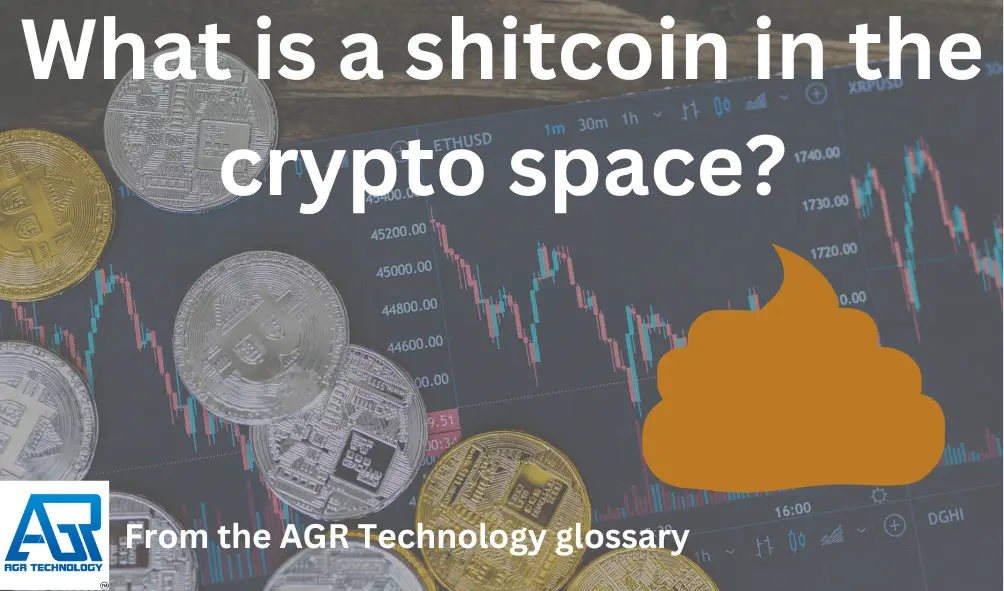Blitz News Digest
Stay updated with the latest trends and insights.
Flushing Out the Truth Behind Shitcoins
Uncover the hidden dangers of shitcoins and discover what you need to know before diving into crypto. Don't get left behind!
The Rise and Fall of Shitcoins: What Every Investor Should Know
The rise of shitcoins can be attributed to the explosive growth of the cryptocurrency market, where countless new tokens emerged, often with little to no fundamental value. In the early days, many investors were drawn in by the promise of quick profits and the allure of becoming part of a tech revolution. The ease of creating digital currencies led to an influx of low-quality projects, which capitalized on hype and speculation. As this trend gained momentum, a significant portion of the market became flooded with shitcoins that had no real-world application, leaving investors vulnerable to sudden price drops and scams.
However, the inevitable fall of these shitcoins began as regulatory bodies tightened their grip on the cryptocurrency space. Scandals, Ponzi schemes, and a lack of transparency have led to increased scrutiny, driving many investors to question the legitimacy of tokens lacking tangible value. Every investor should be aware of the signs of a shitcoin: unrealistic promises, anonymous teams, and poor project documentation. As the market matures, understanding these warning signs is crucial for making informed decisions and protecting their investments.

How to Identify a Shitcoin: Key Red Flags to Watch Out For
Identifying a shitcoin can prevent significant financial losses in the volatile world of cryptocurrency. Start by evaluating the whitepaper associated with the coin; it should clearly outline the project's purpose, technology, and roadmap. If the document is vague, poorly written, or lacks substantial detail, consider it a major red flag. Additionally, monitor the development activity on platforms like GitHub. A lack of updates or engagement may indicate that the project is stagnant or, worse, a pool for scammers.
Another crucial factor to consider is the team behind the cryptocurrency. Always research the members involved; if the team’s identities are anonymous or unverifiable, it raises significant concerns about credibility. Other key red flags include a lack of community engagement, misleading marketing tactics, and inflated promises of returns. Be wary of coins that rely heavily on social media hype rather than tangible results or community support, as this often signals a potential shitcoin.
Are All Shitcoins Bad? The Case for Some Controversial Tokens
While the term shitcoin is often used to describe cryptocurrencies that lack intrinsic value, it would be overly simplistic to label all such tokens as inherently bad. In fact, some controversial tokens have played a crucial role in fostering innovation within the blockchain space. For instance, they can serve as experiments that test new ideas in decentralized finance (DeFi) or non-fungible tokens (NFTs). As such, these projects can contribute to the overall evolution of the cryptocurrency landscape, providing valuable lessons and even leading to the birth of successful, more serious projects.
Moreover, some shitcoins have garnered significant communities and followings that create dynamic ecosystems around them. These tokens may facilitate unique use cases or social engagement that traditional cryptocurrencies can't match. While it's essential for investors to exercise caution and perform thorough due diligence, dismissing every token labeled a shitcoin overlooks the potential benefits of a diversified investment strategy. The reality is that, within this spectrum, there are tokens that may not fit the mainstream mold but can still offer intriguing opportunities for growth and community-driven initiatives.